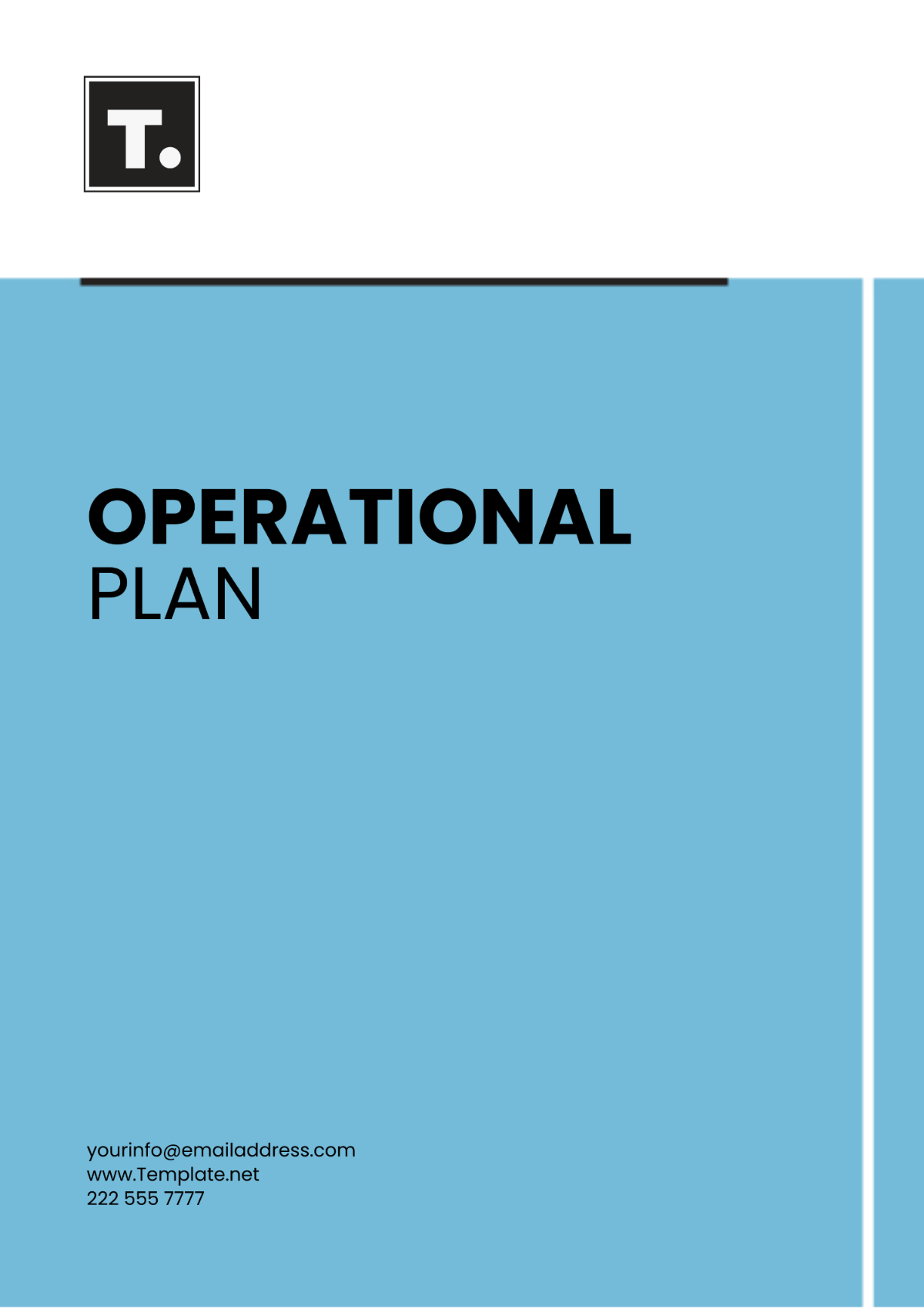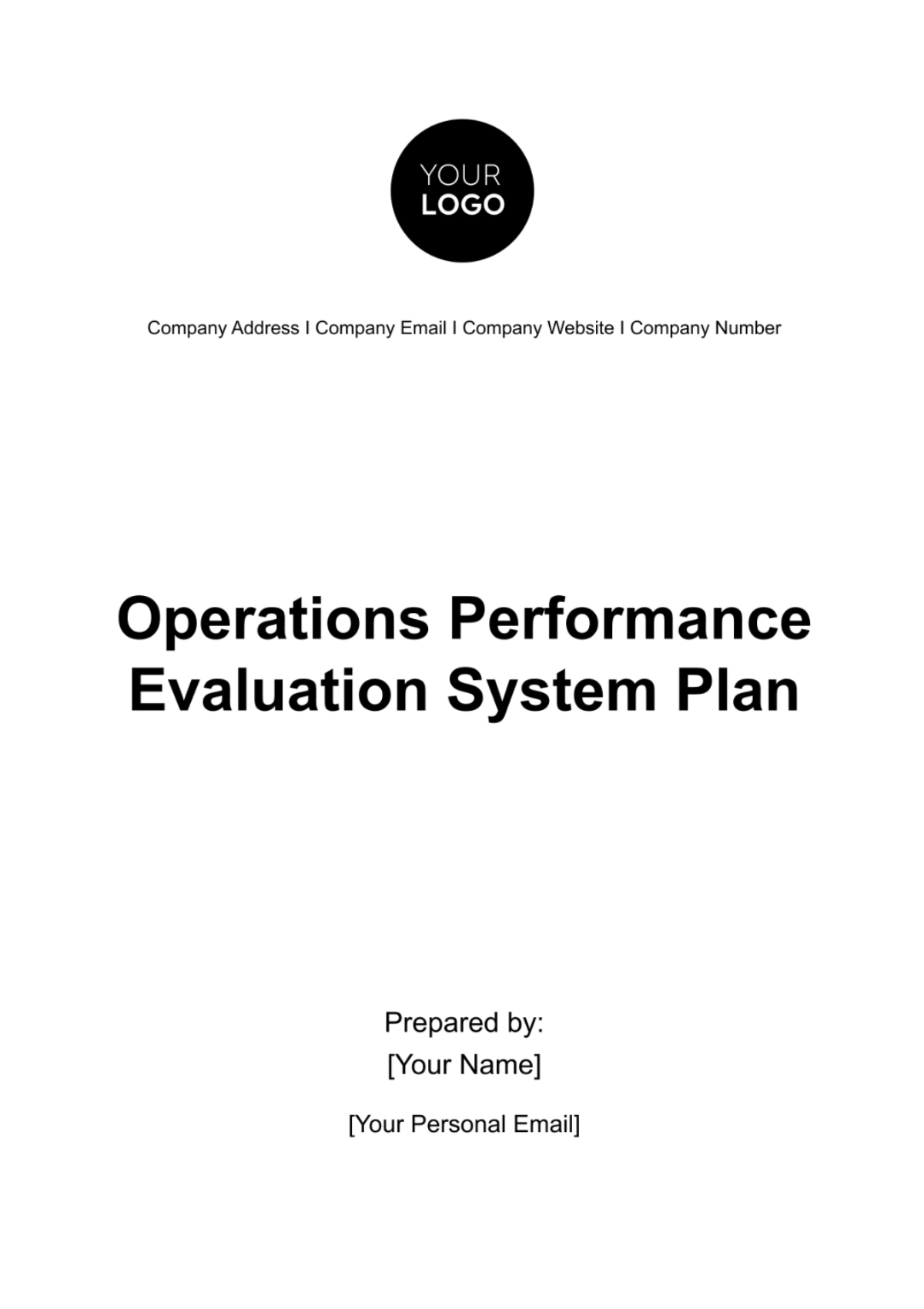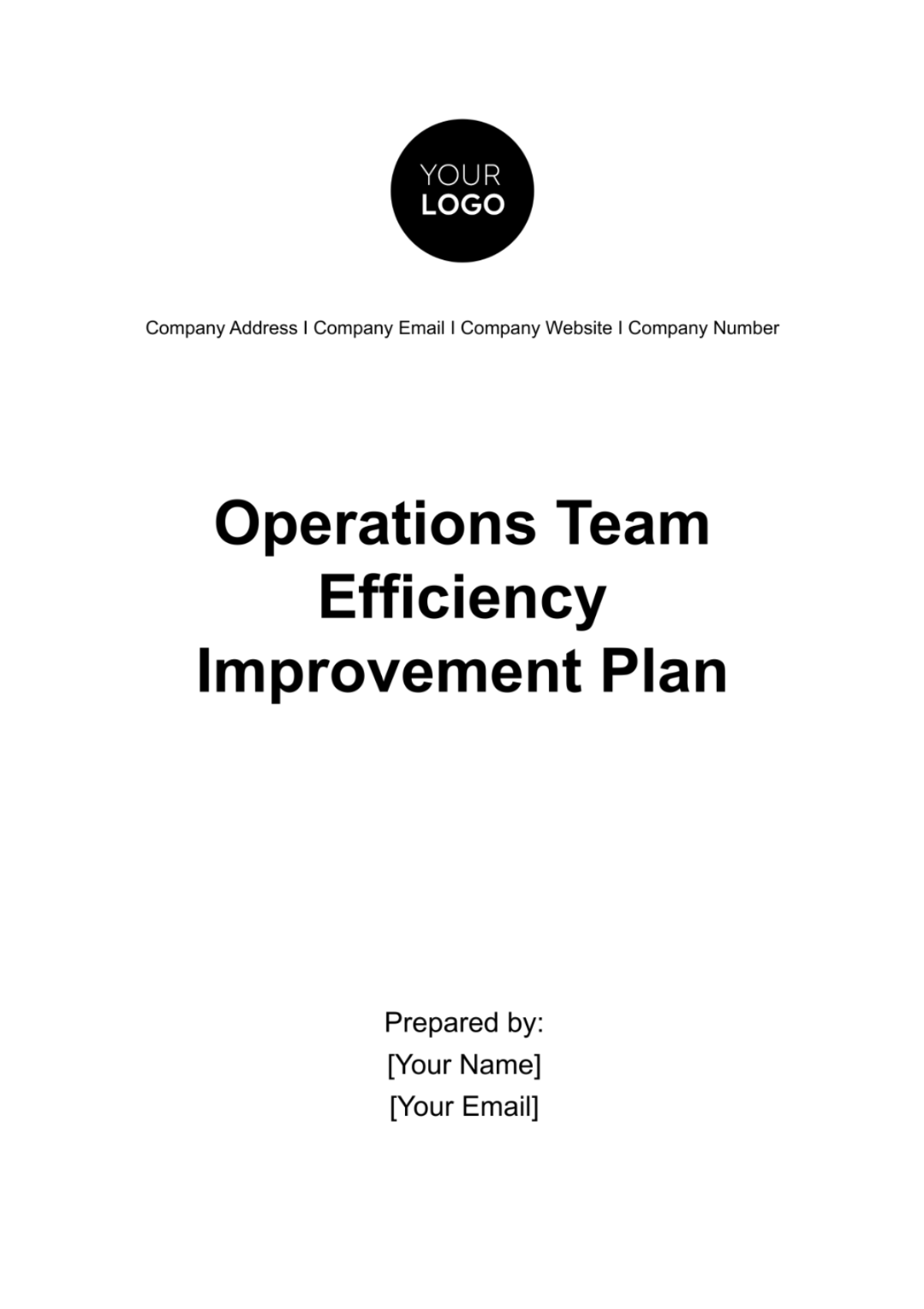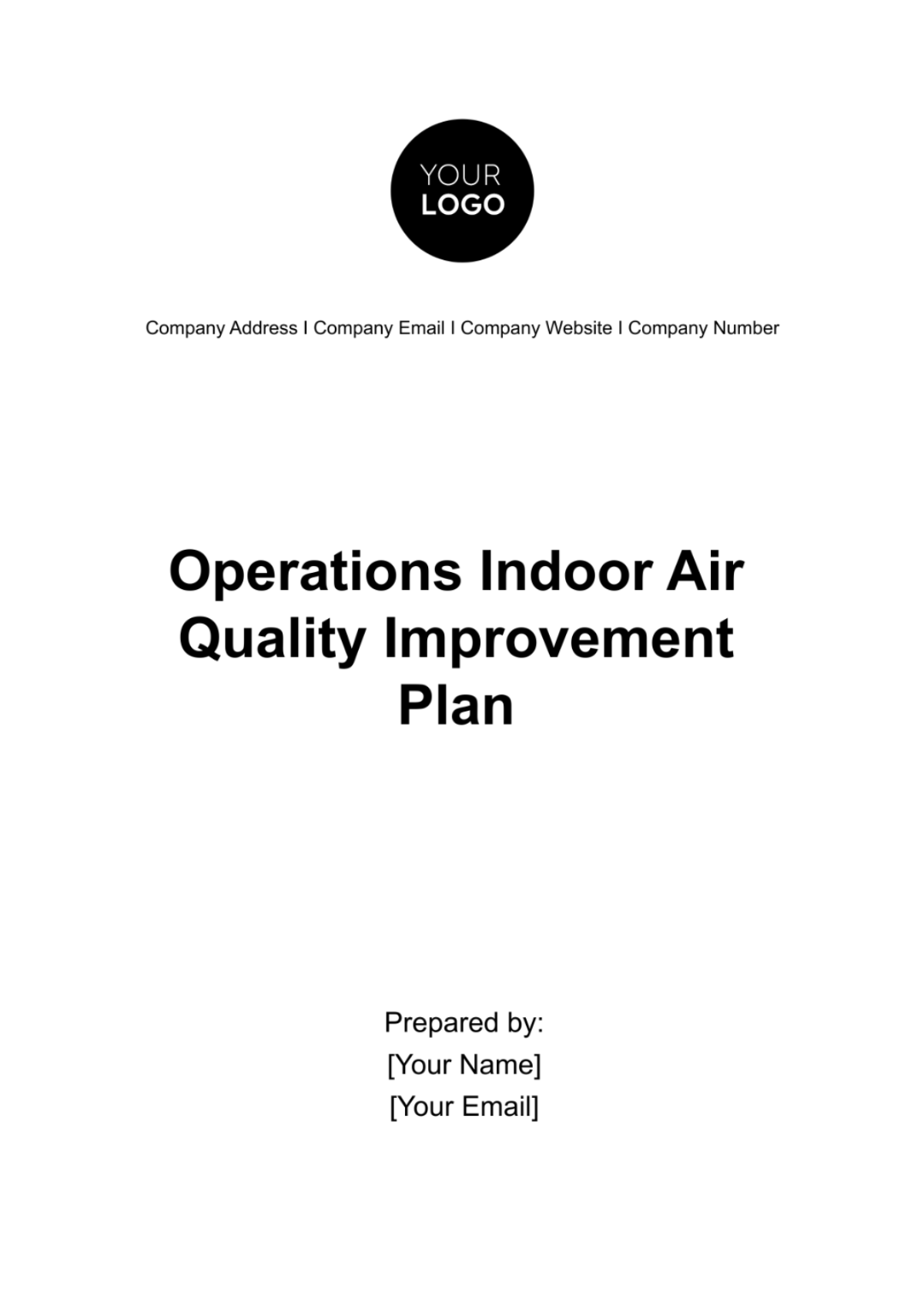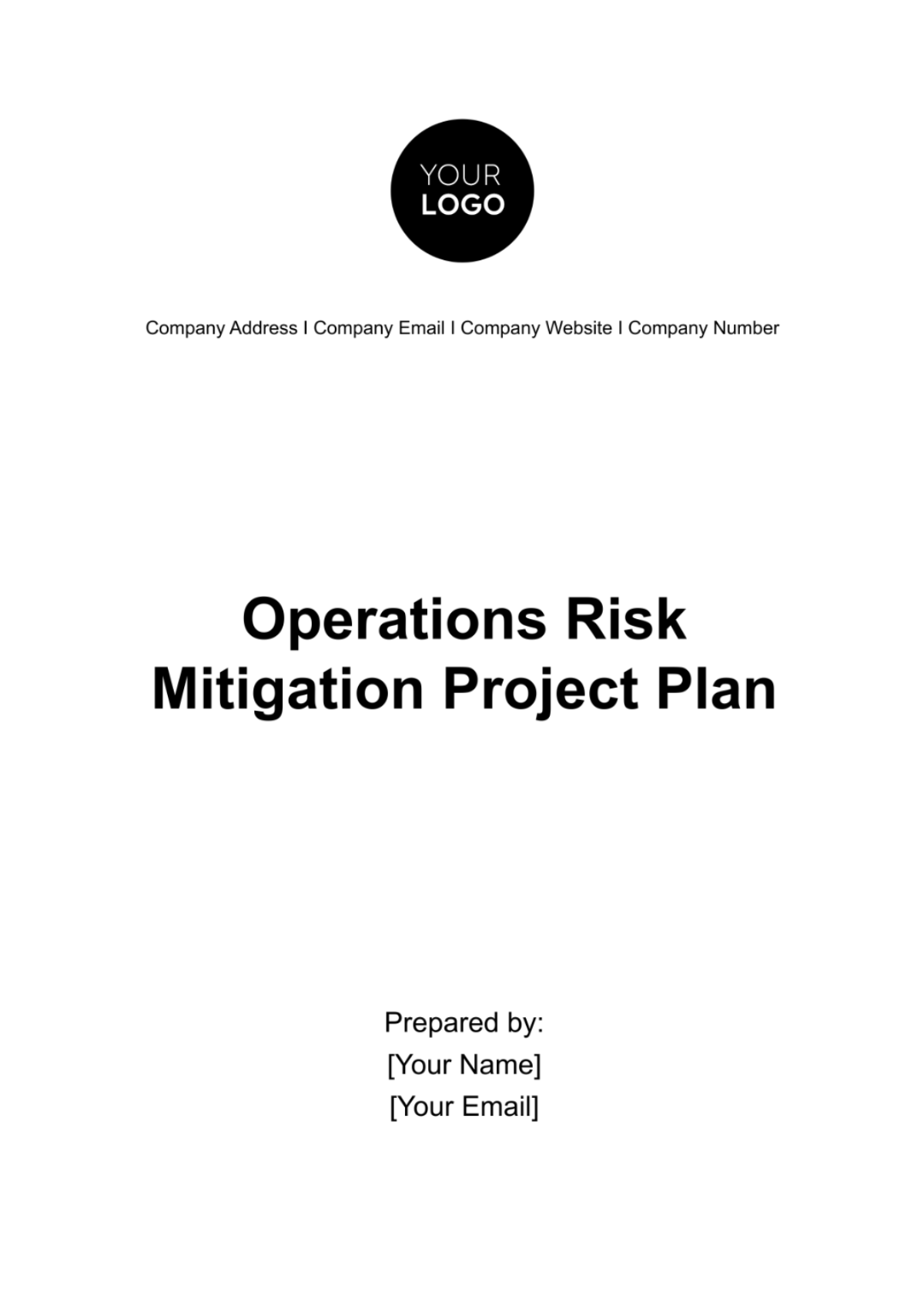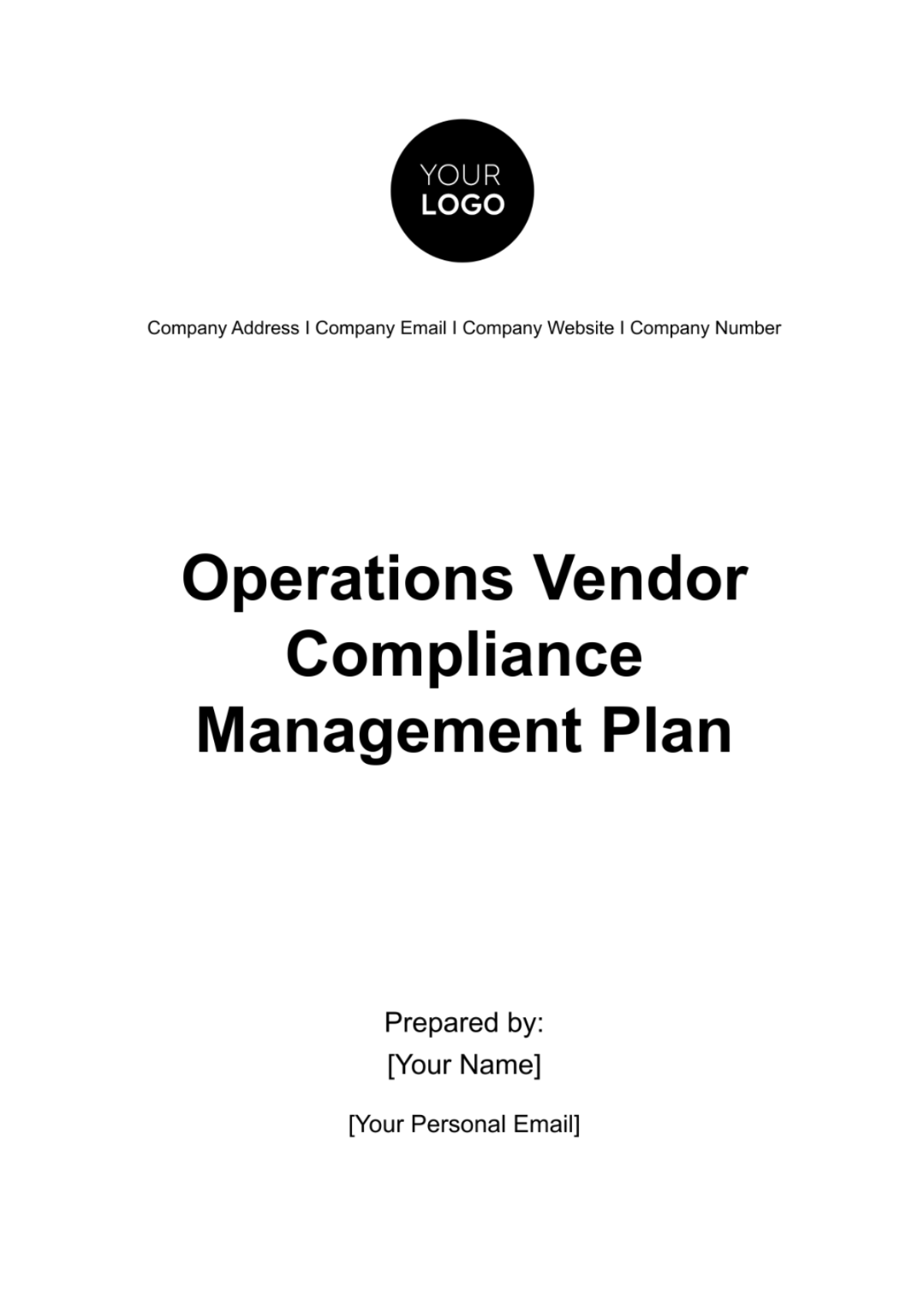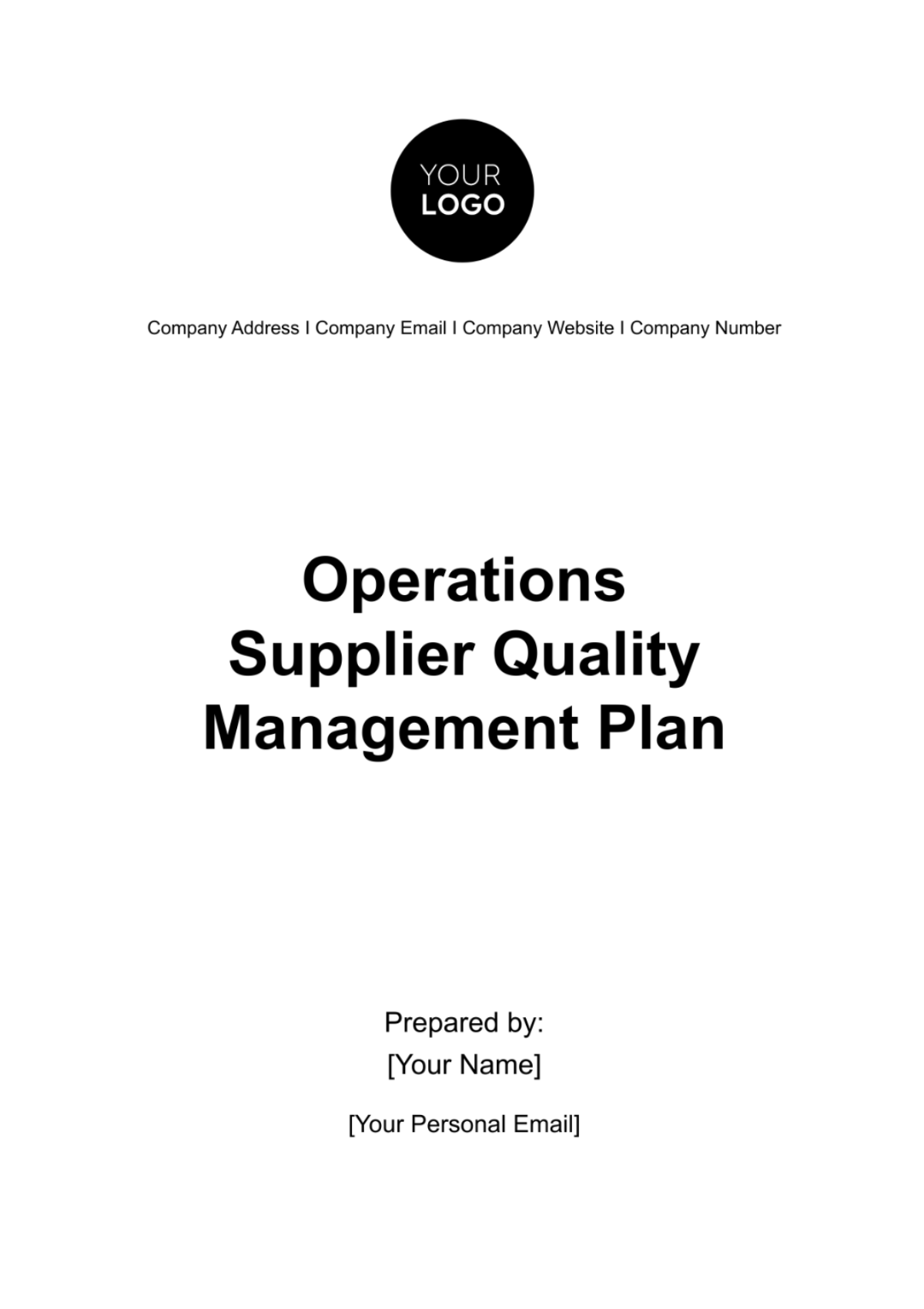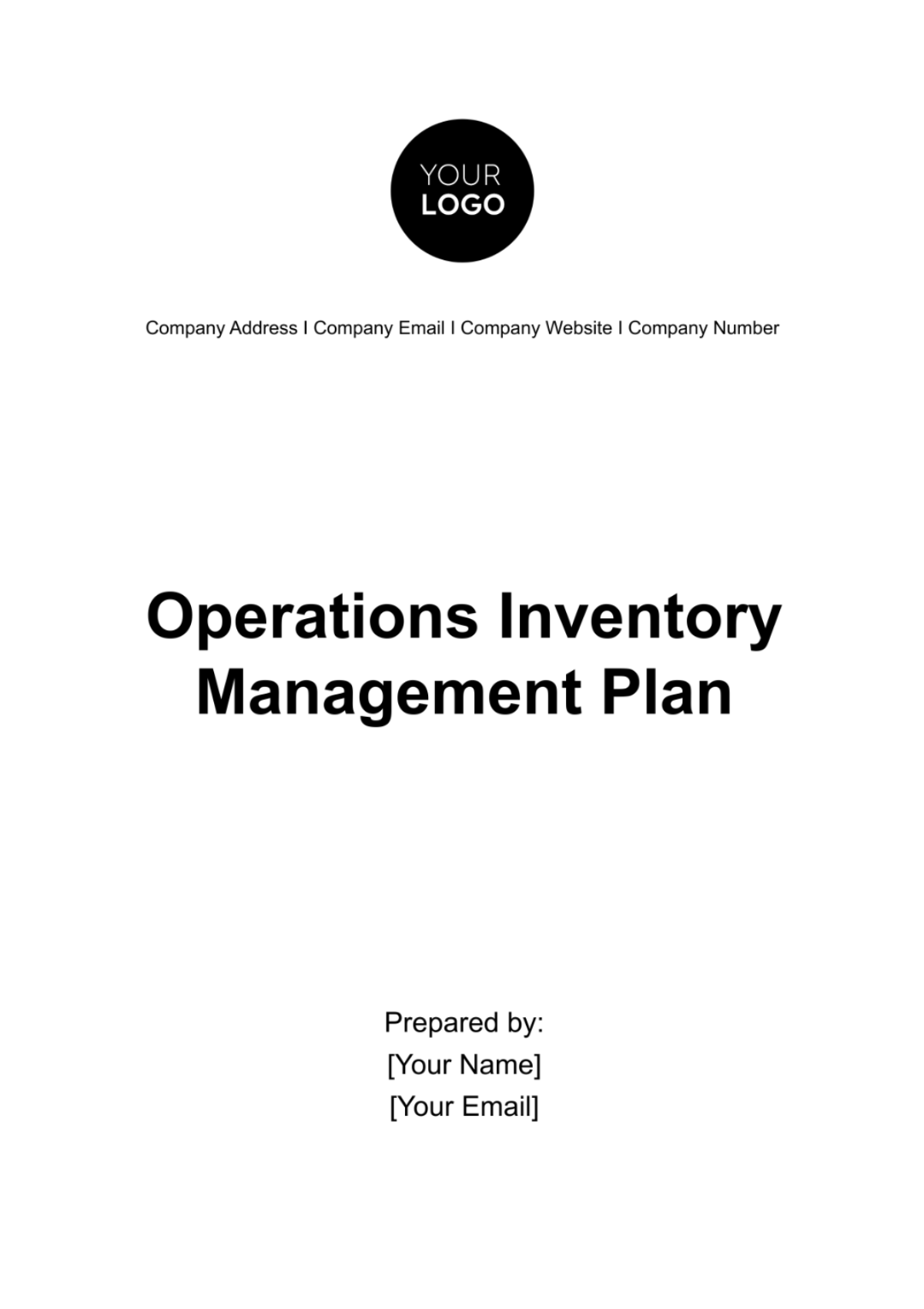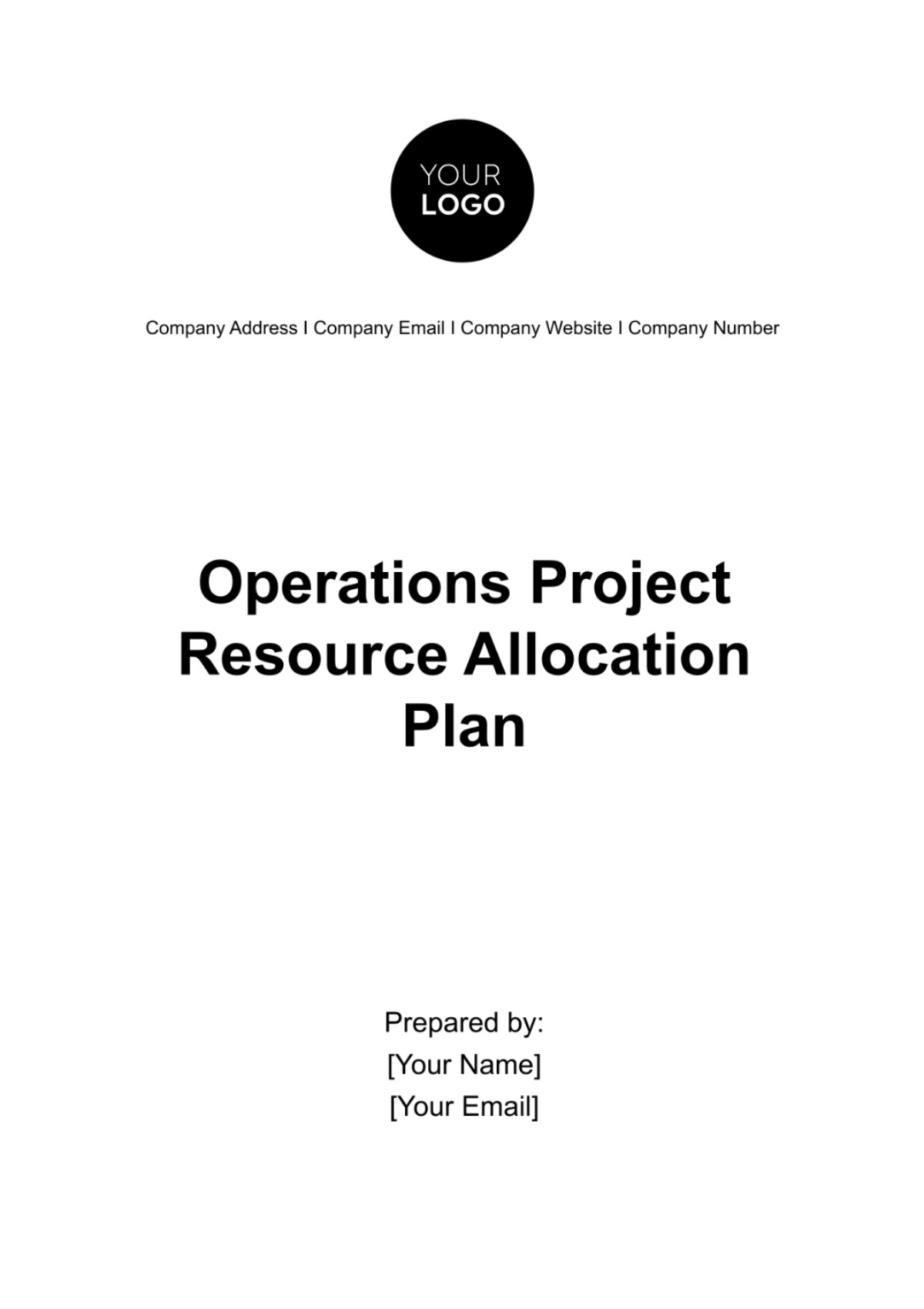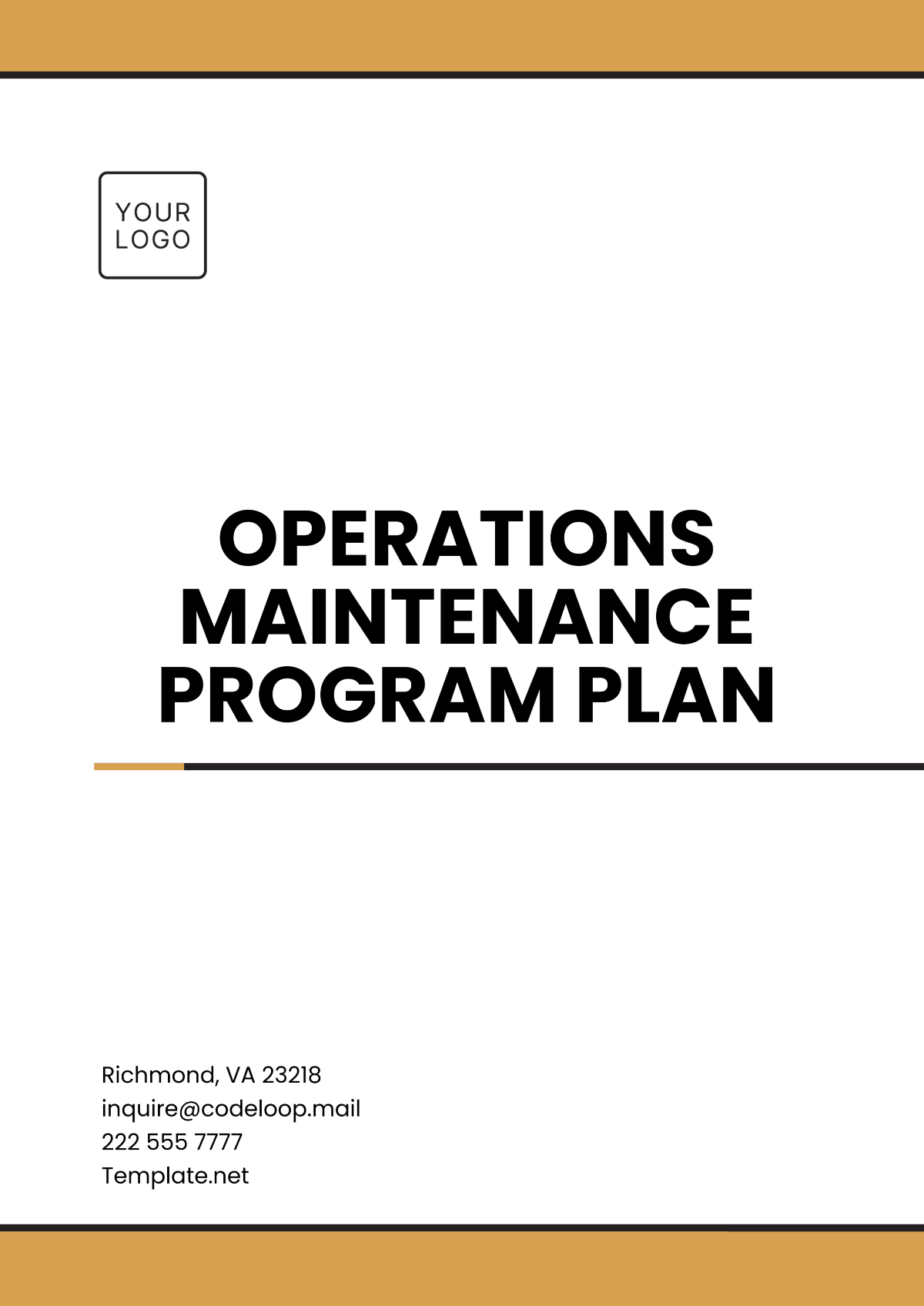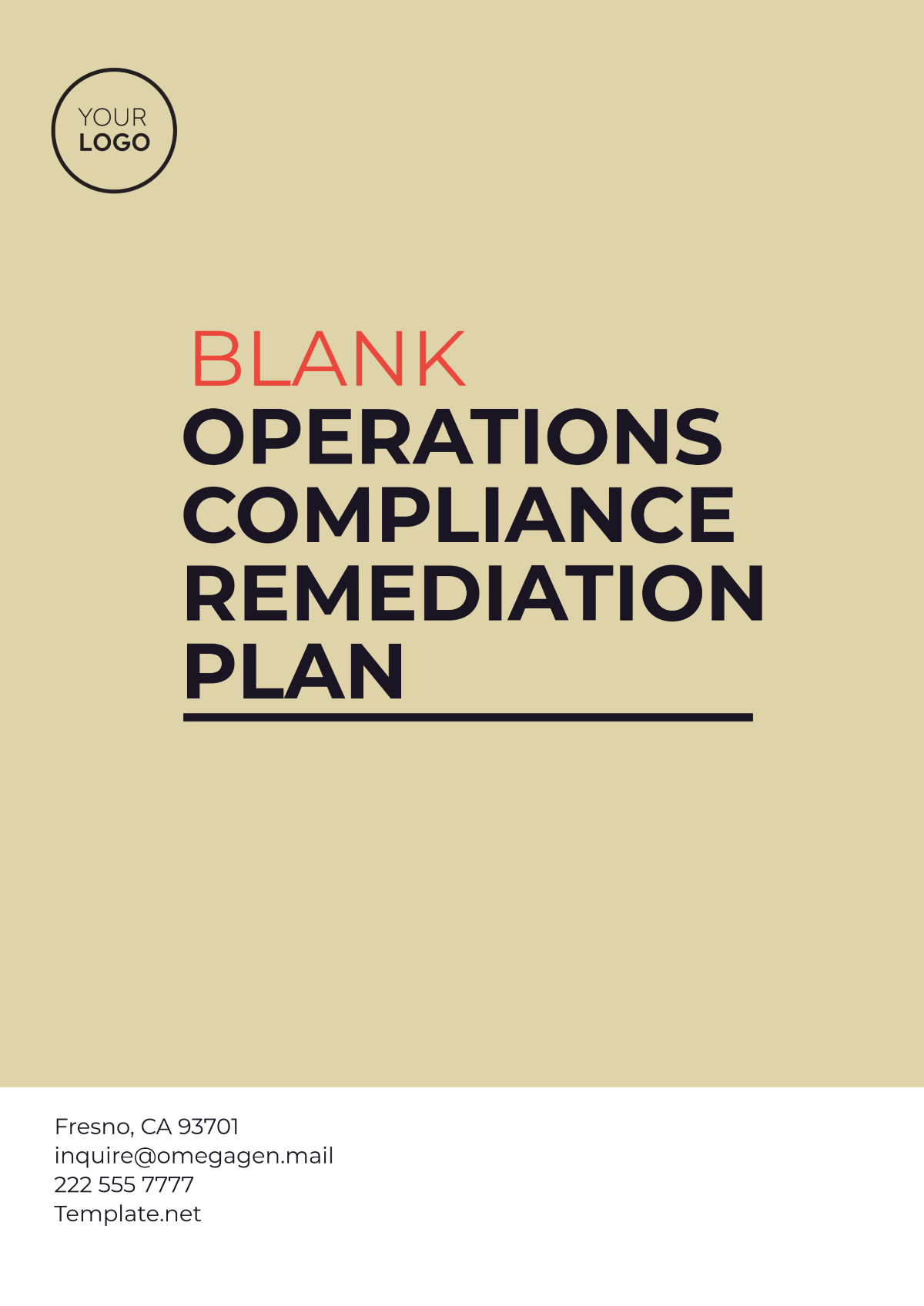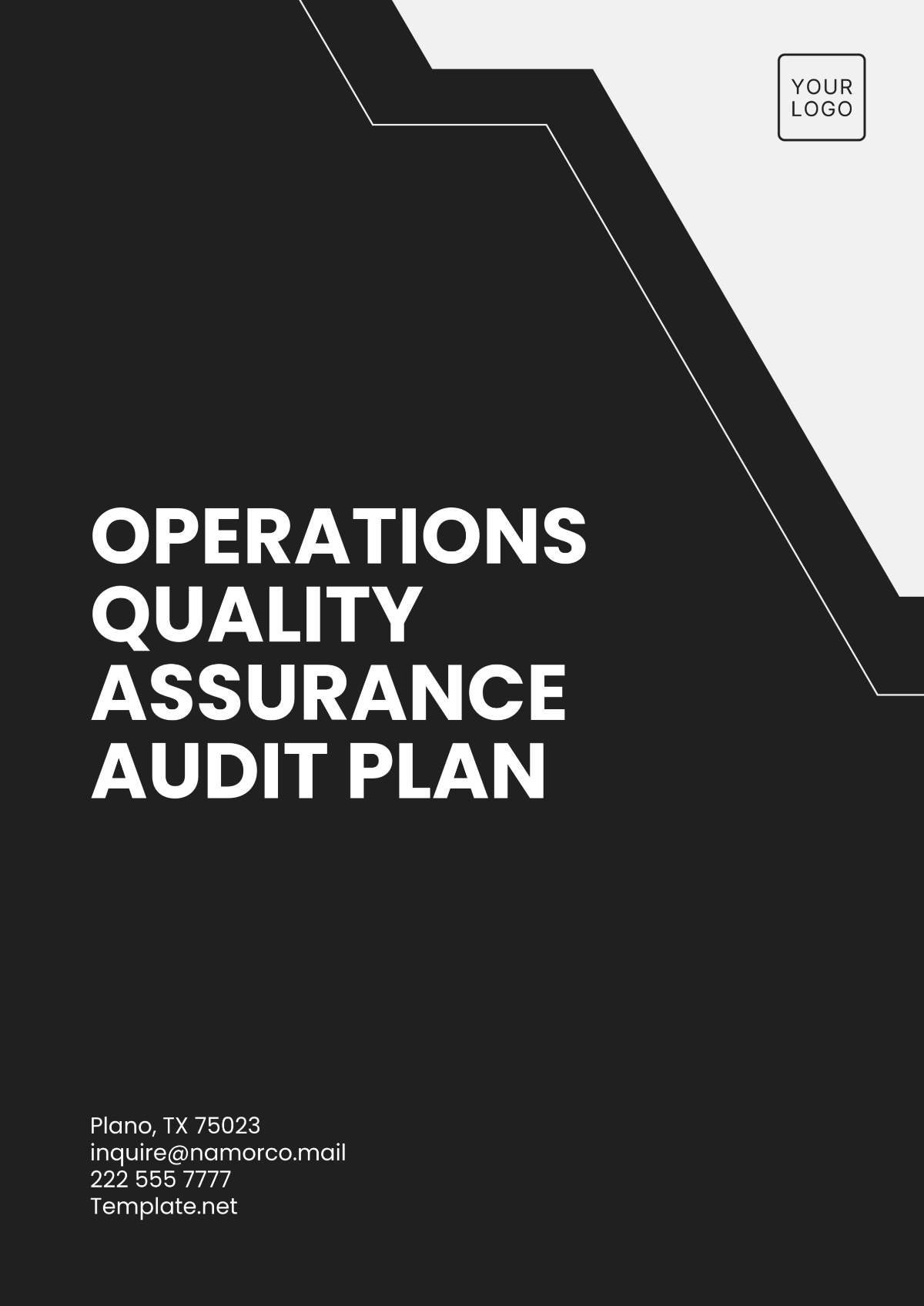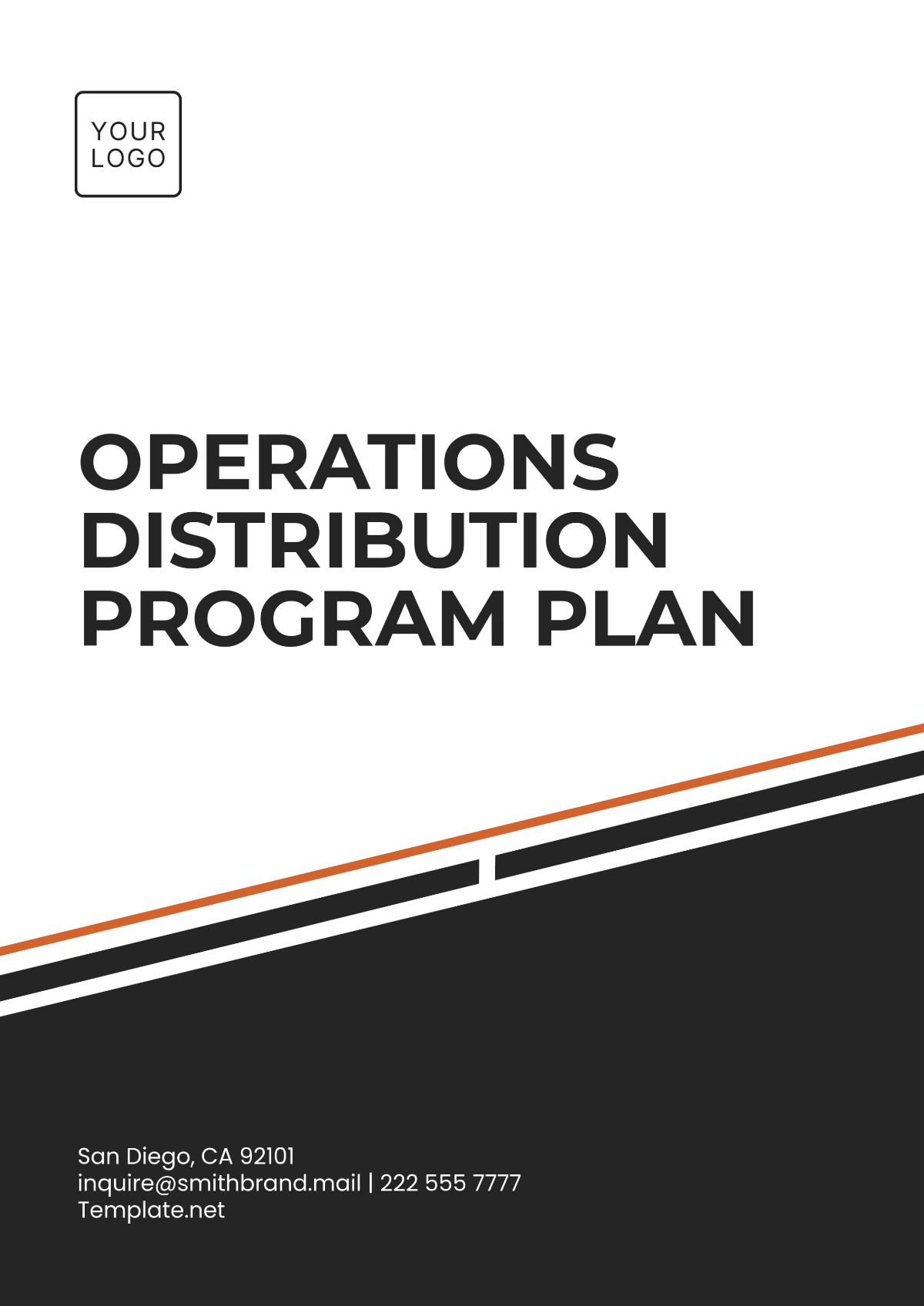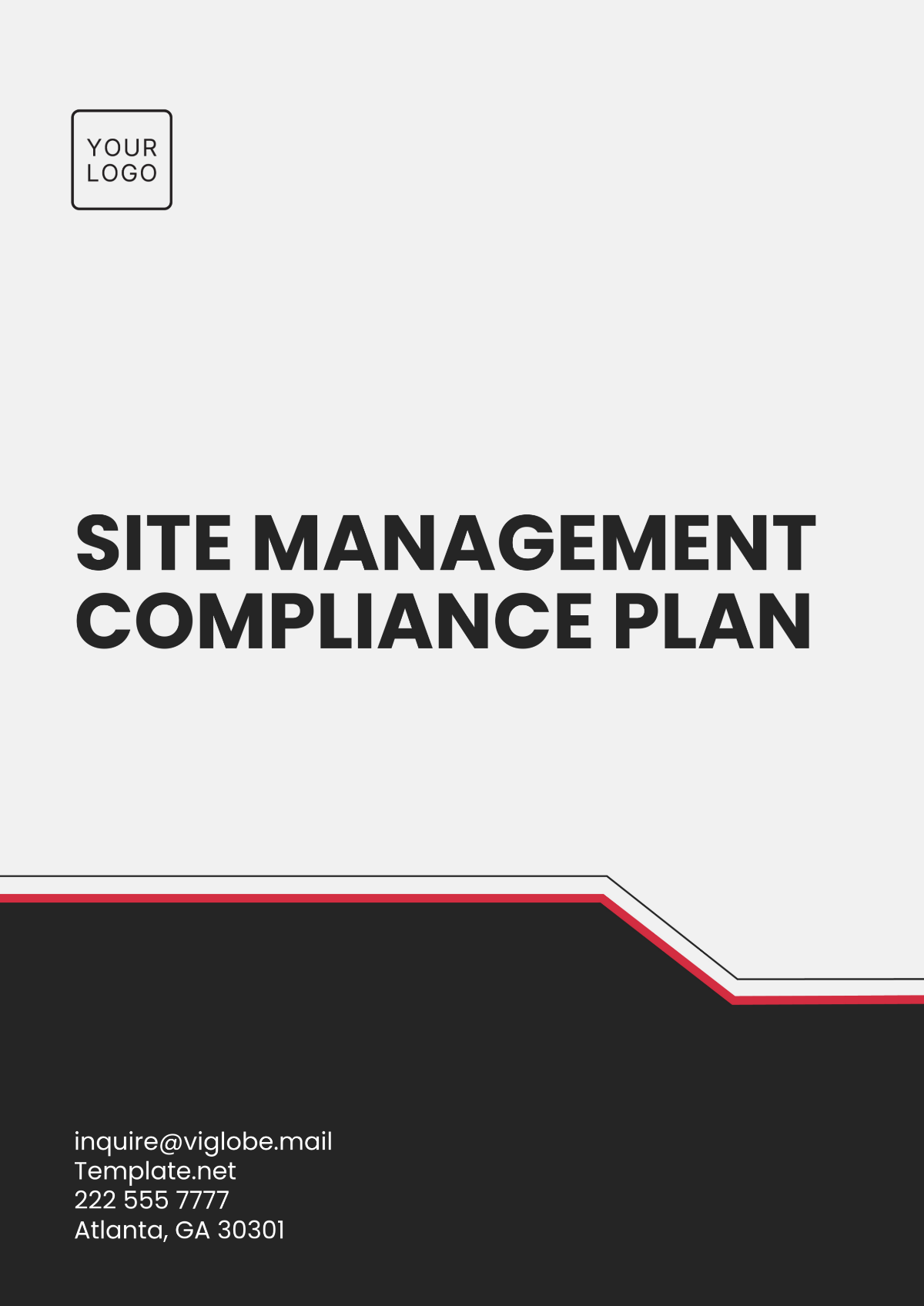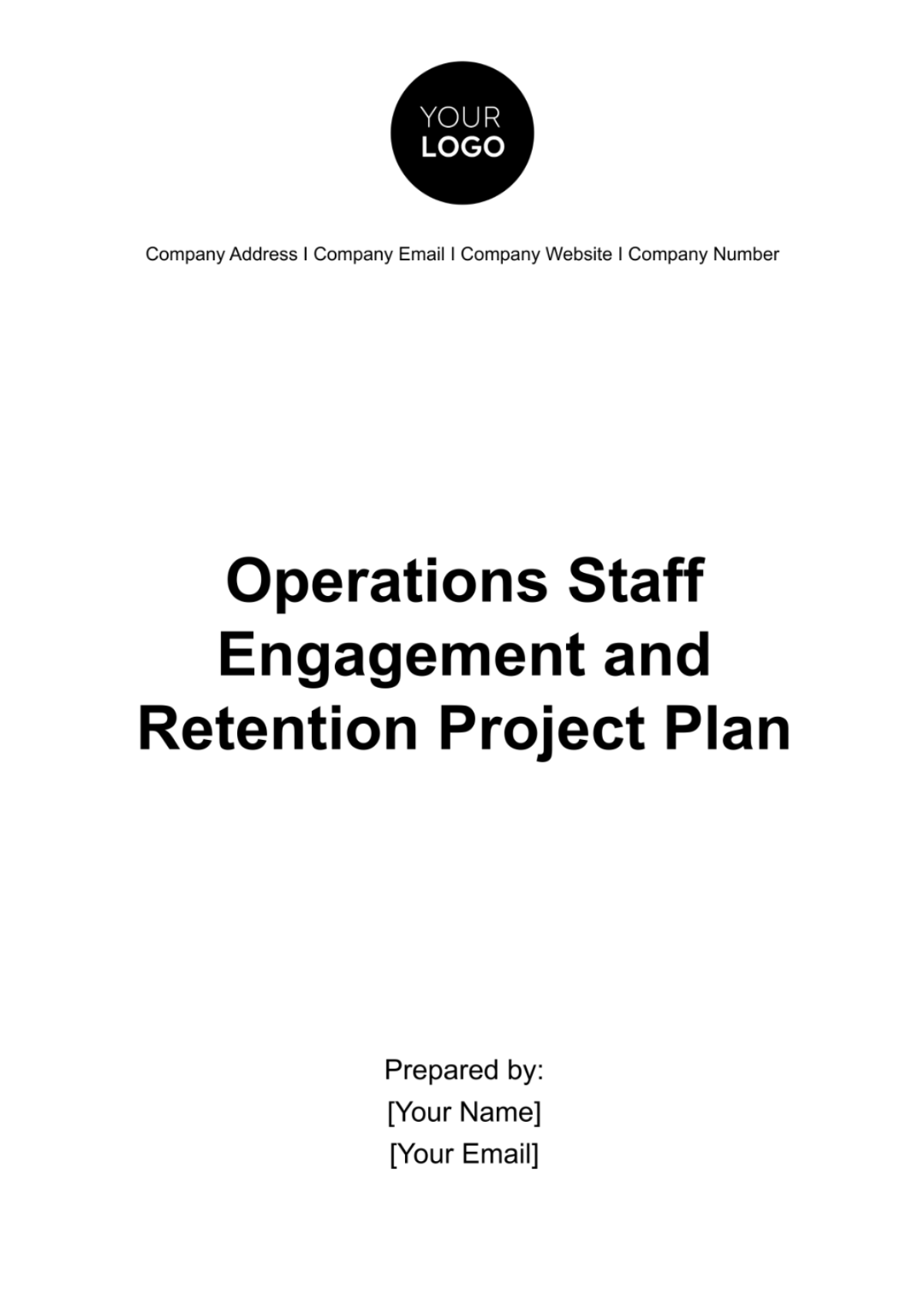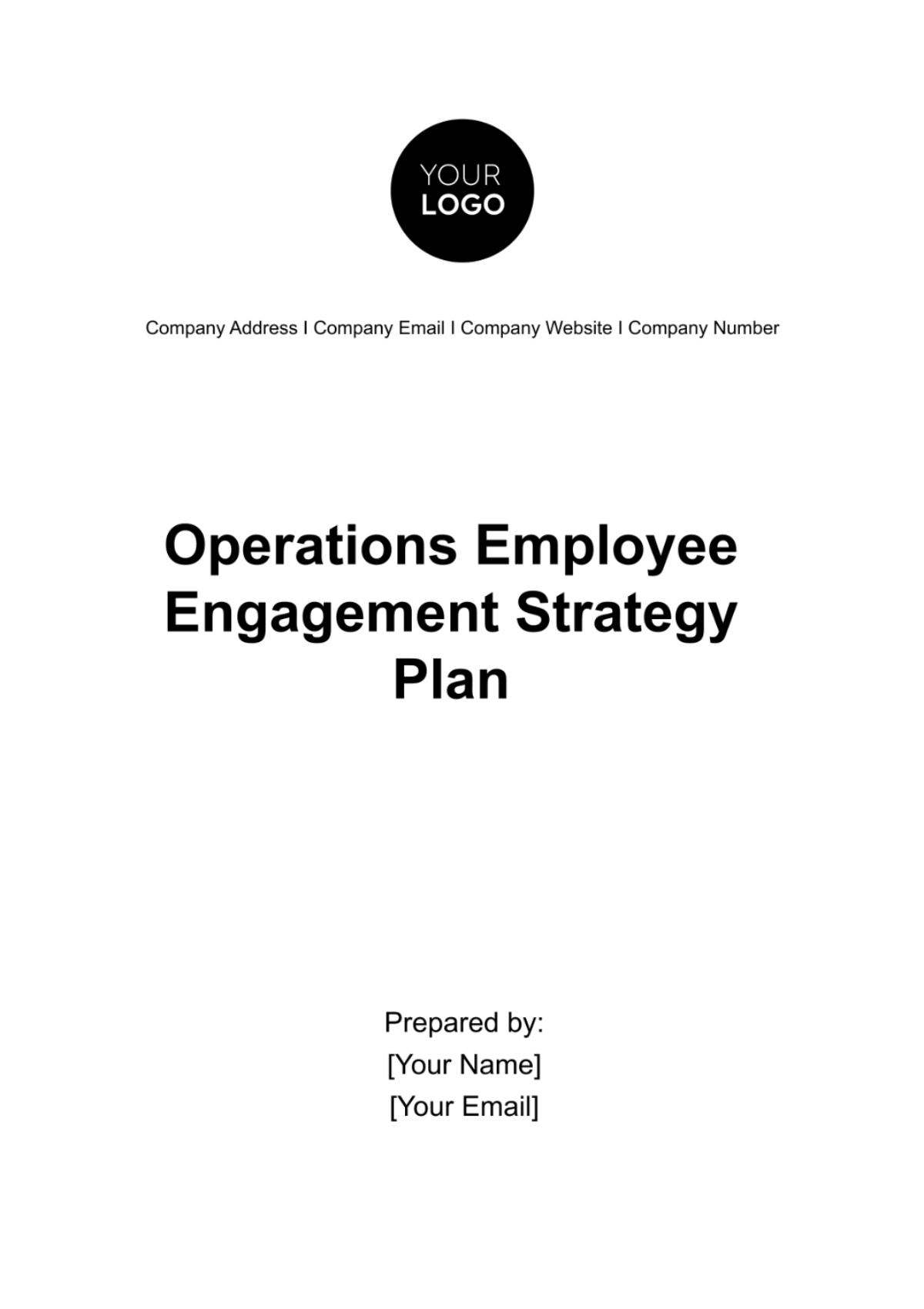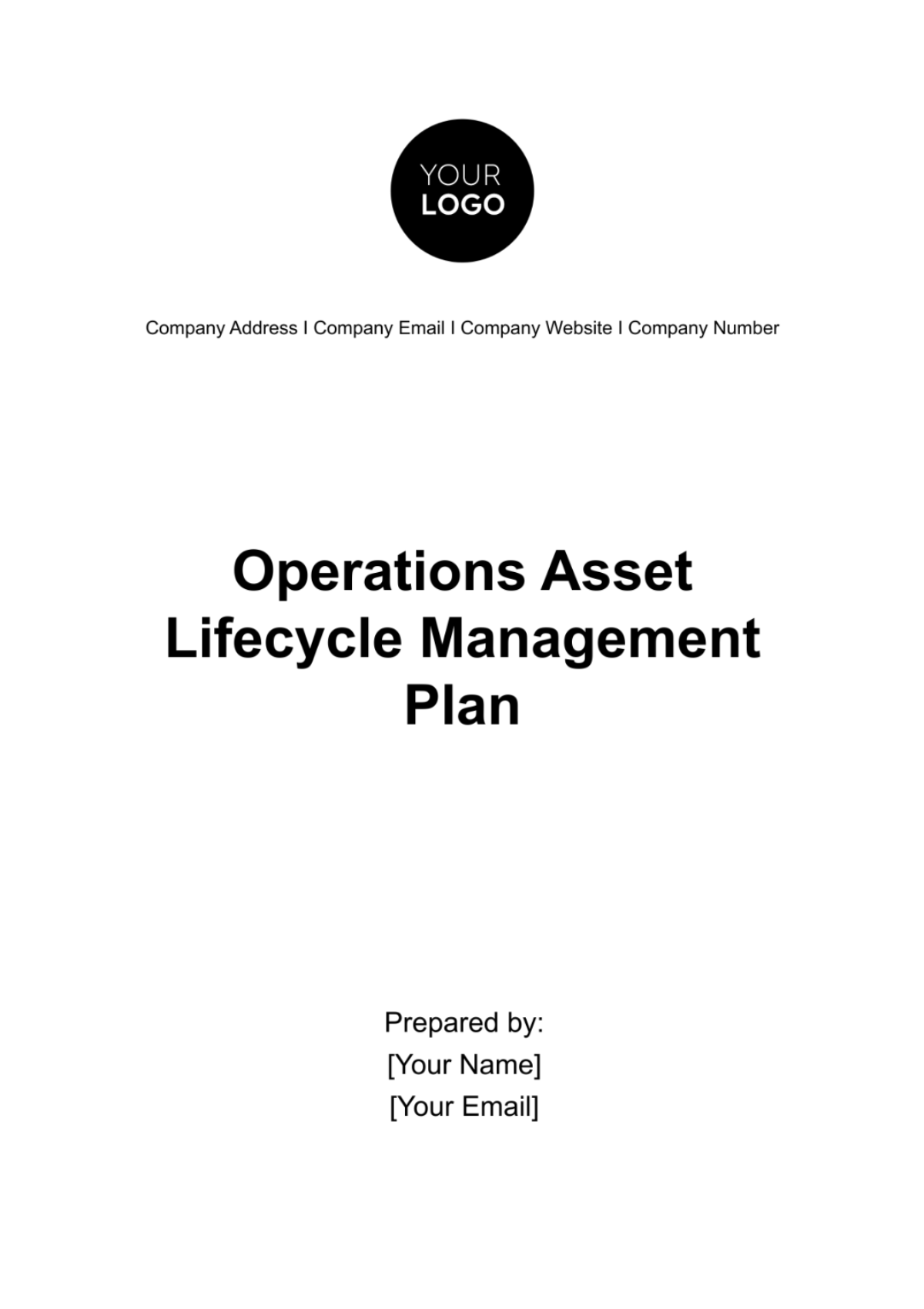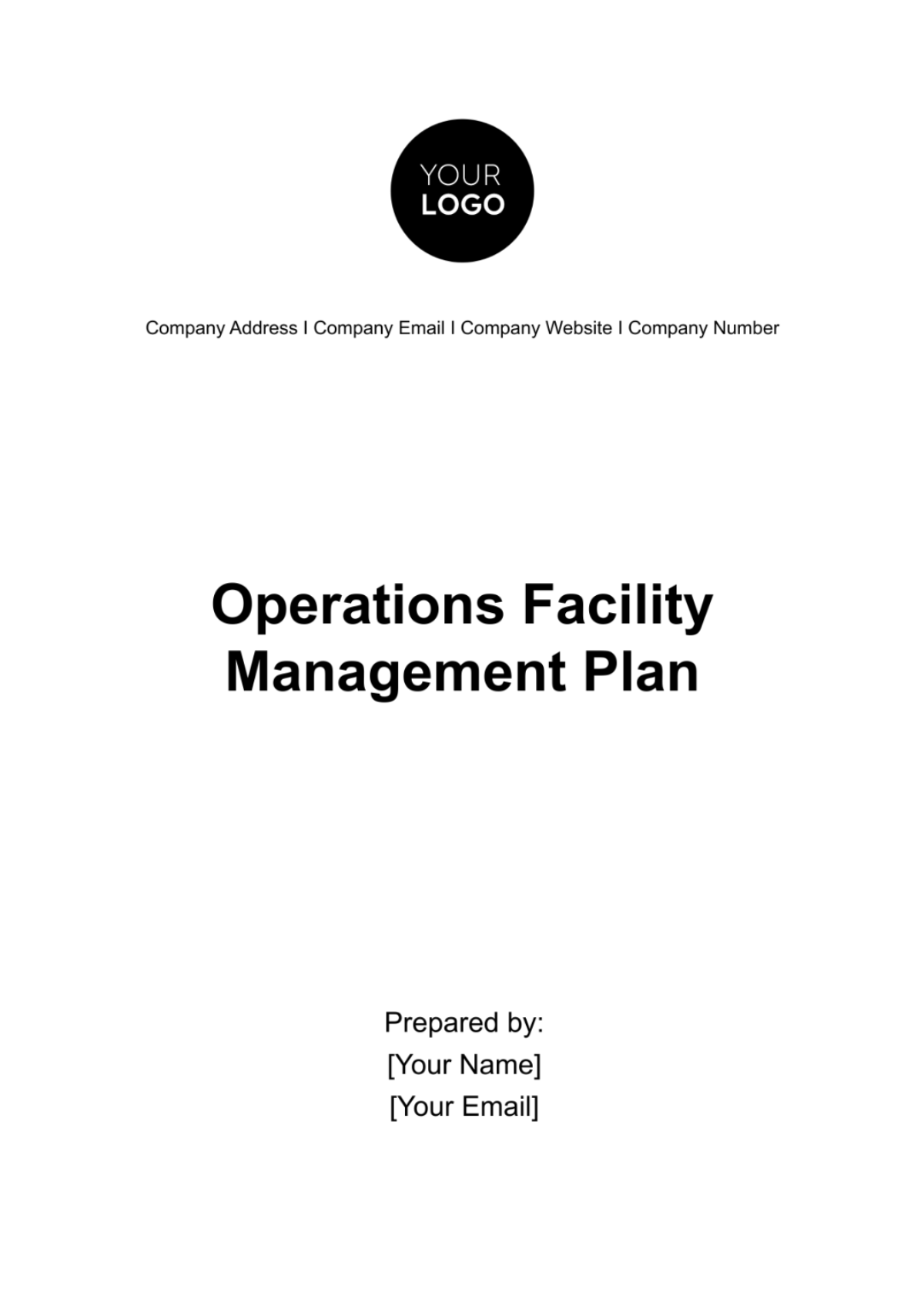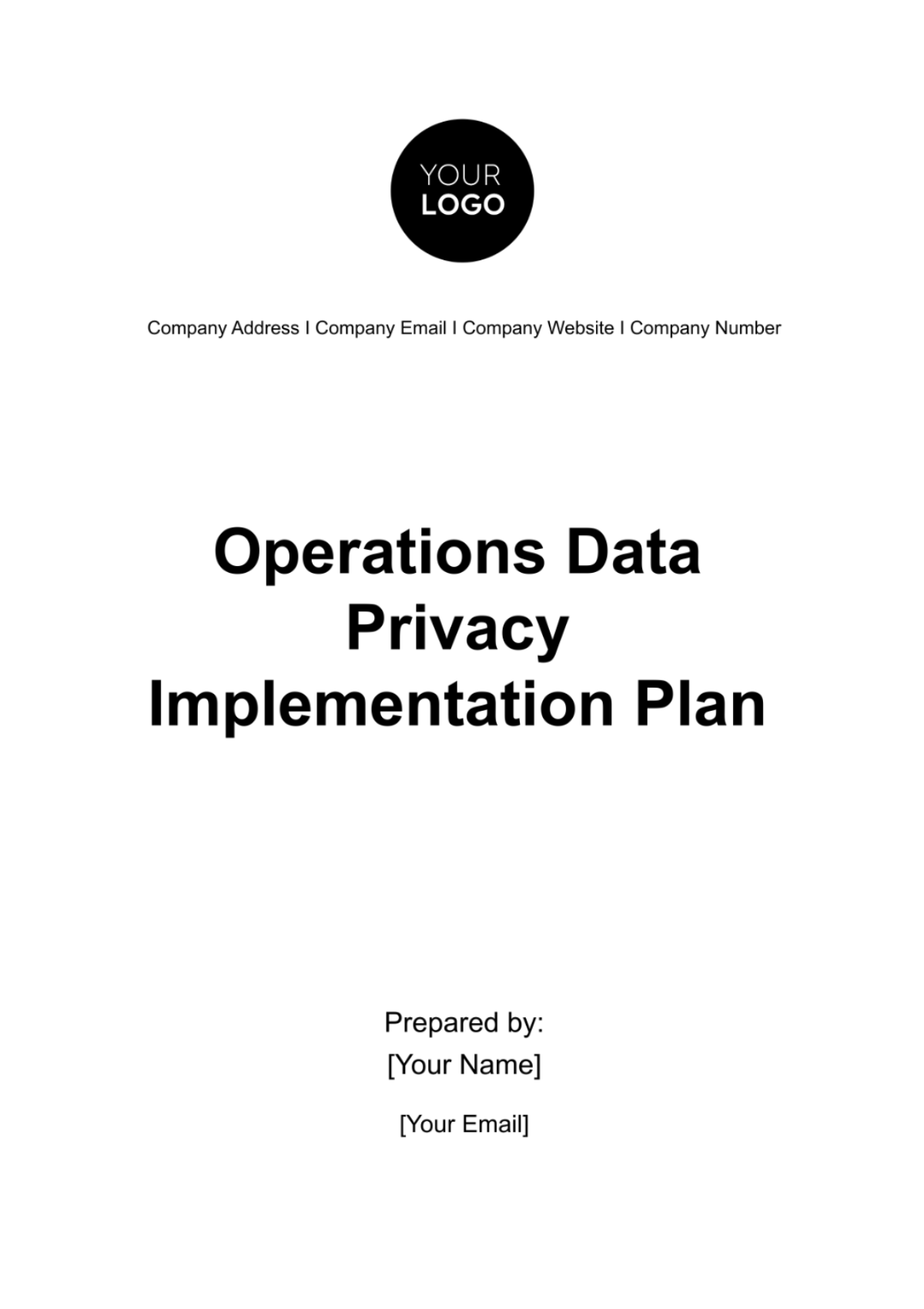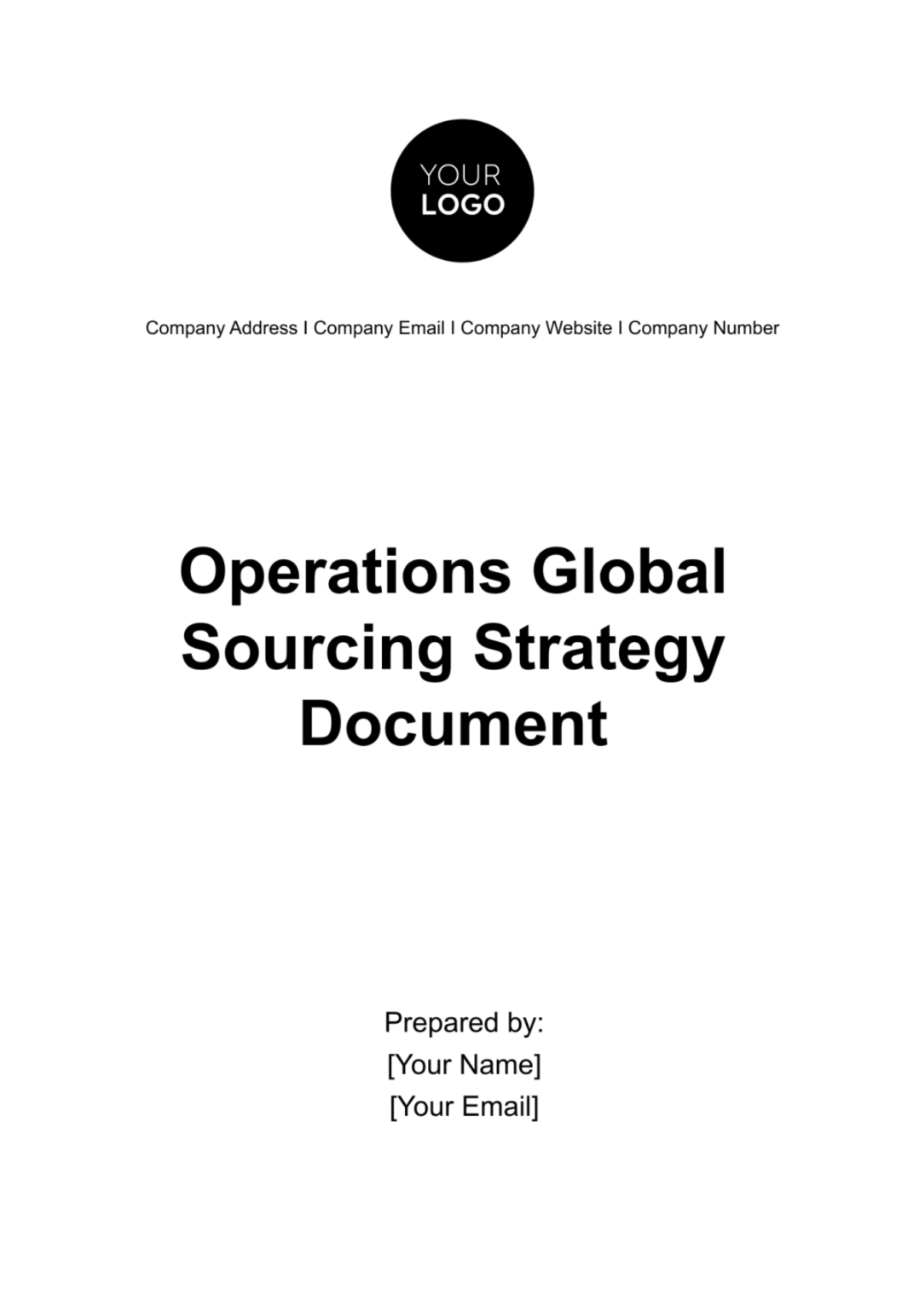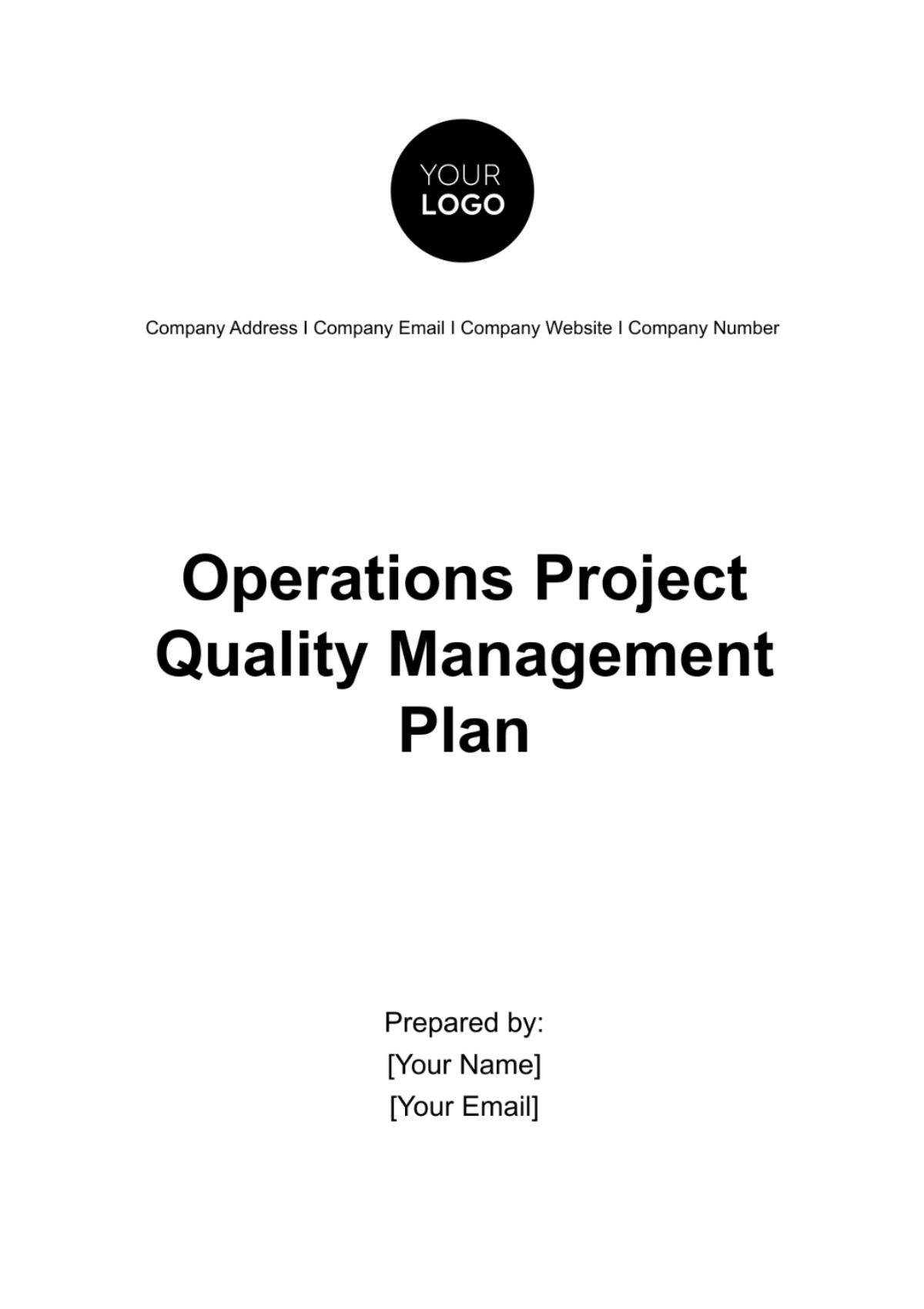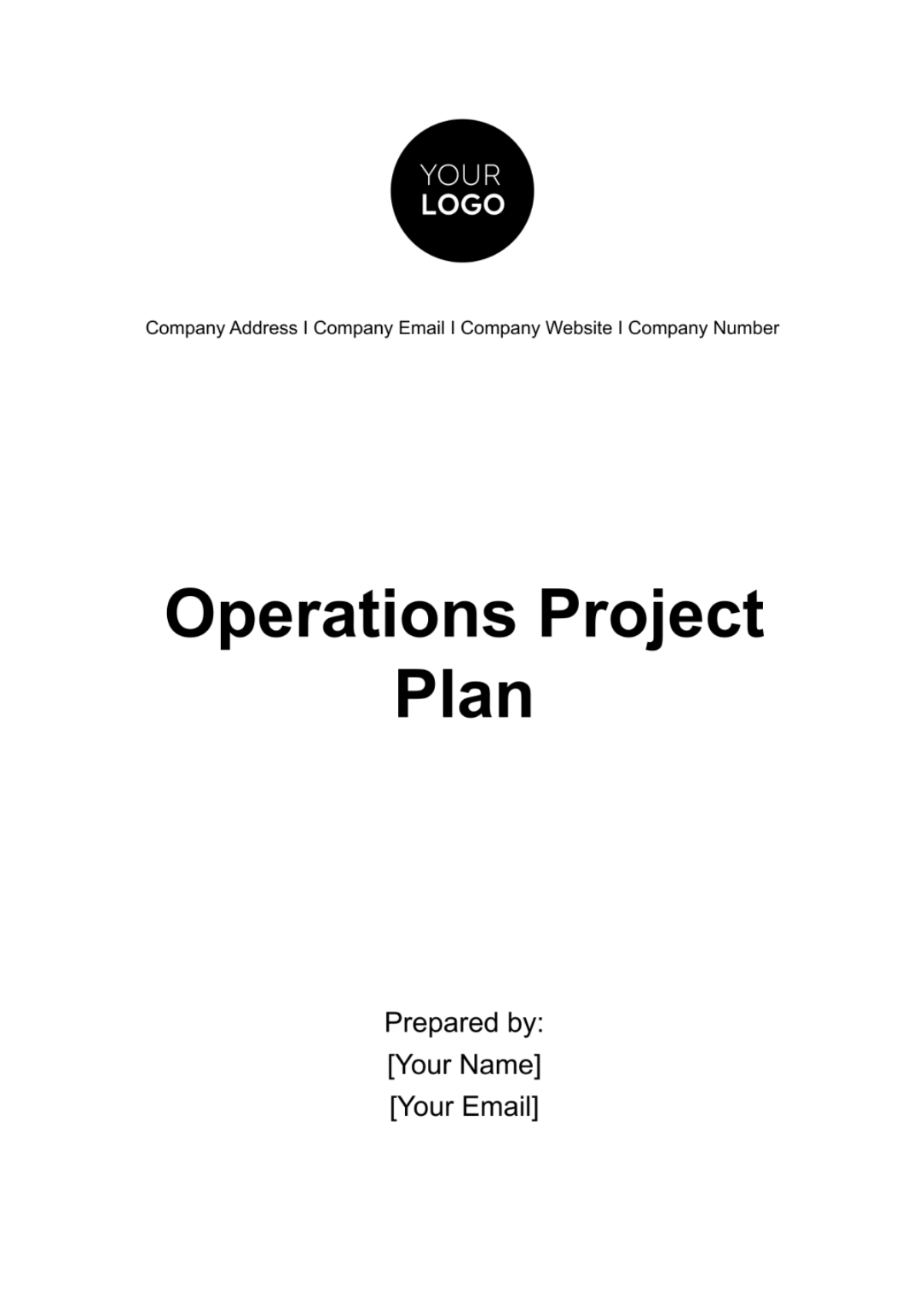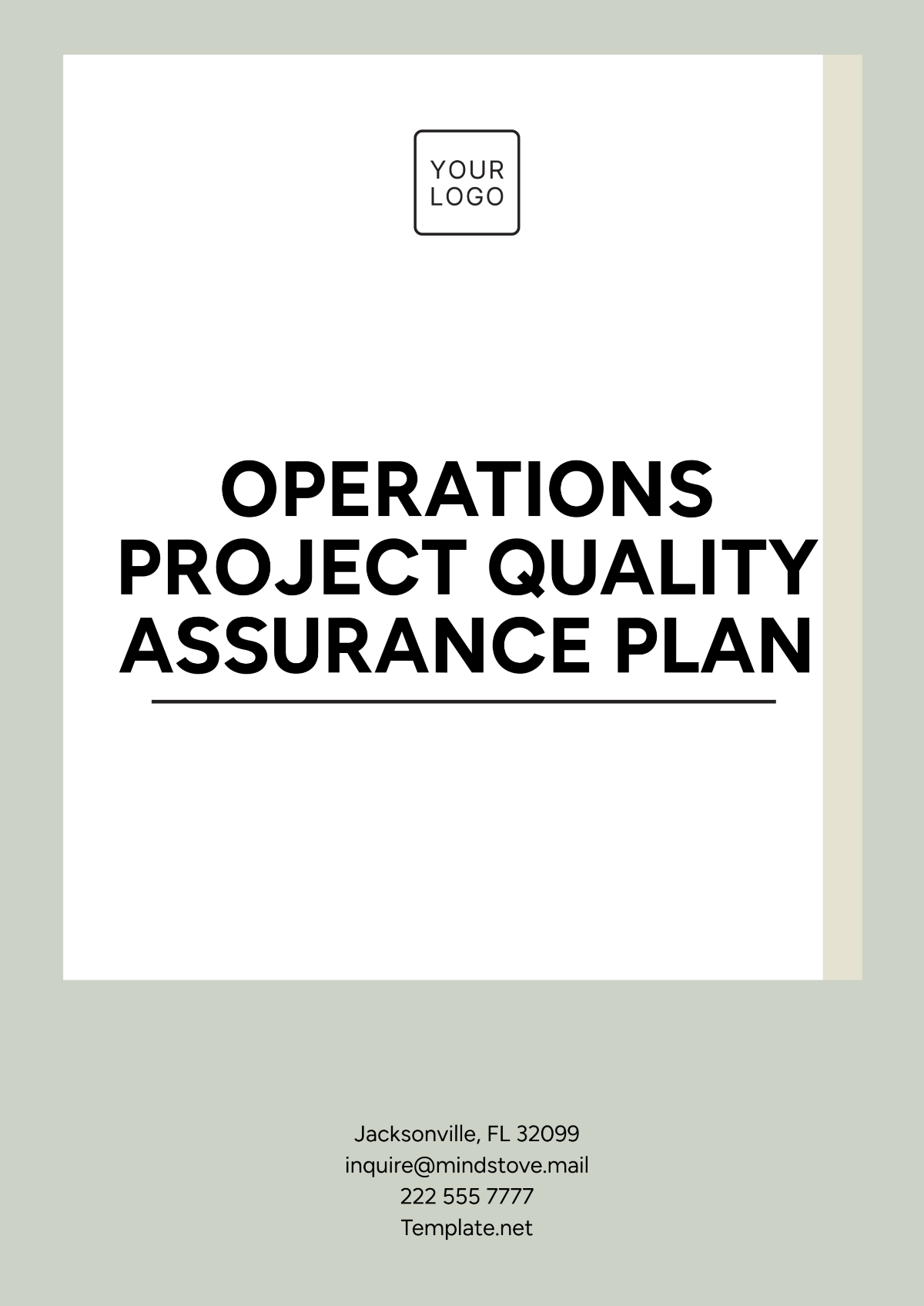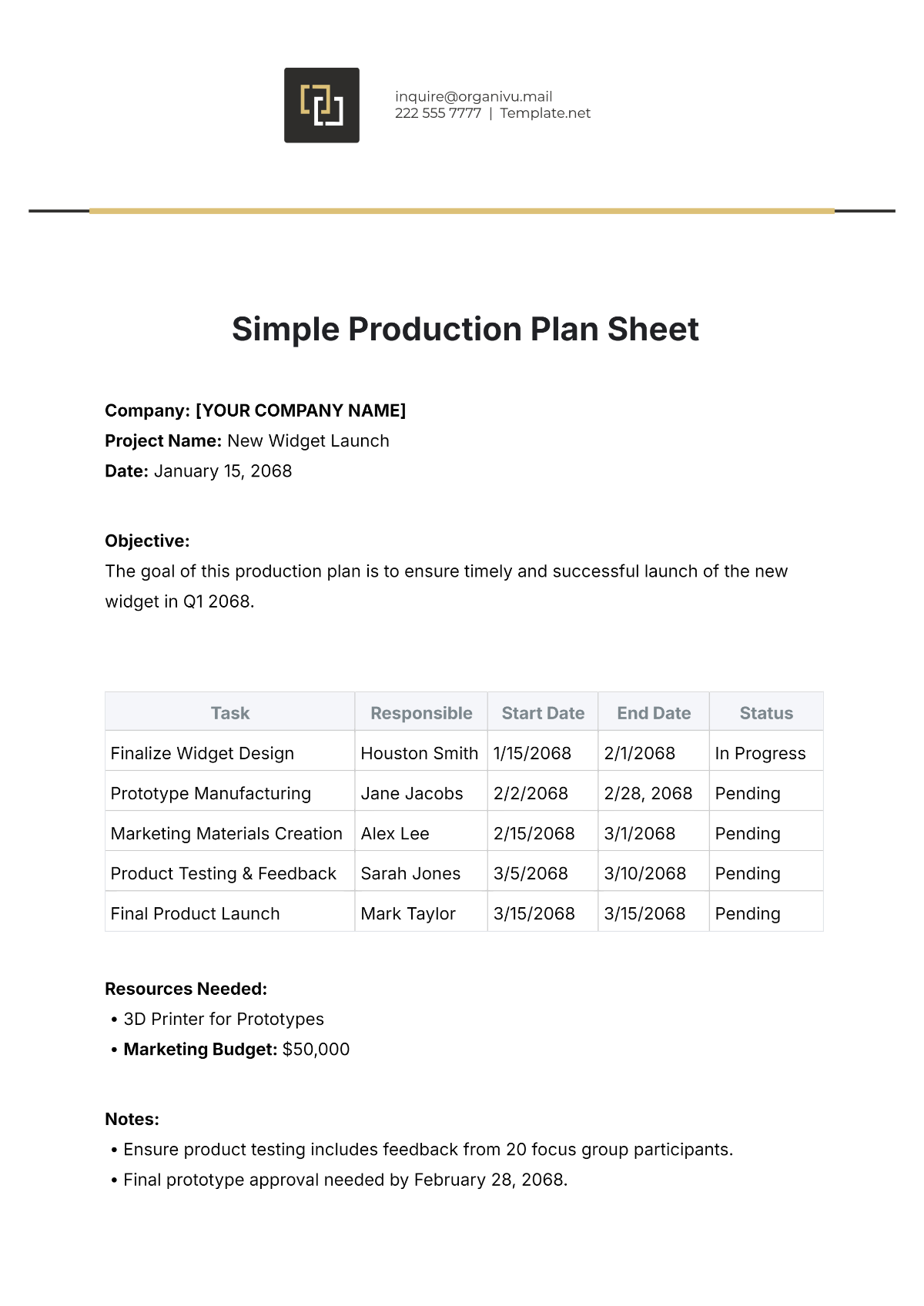Printable Operations Inventory Management Plan
Prepared By: | [Your Name] |
Company: | [Your Company Name] |
Introduction
Effective inventory management is crucial to maintaining operational efficiency, minimizing costs, and ensuring customer satisfaction. This plan outlines the strategies, procedures, and tools necessary to manage inventory effectively while supporting overall operational goals.
Objectives
Optimize Inventory Levels: Ensure stock availability meets demand without excessive overstocking or understocking.
Minimize Costs: Reduce carrying costs, shrinkage, and inefficiencies in the inventory process.
Improve Order Accuracy: Enhance precision in order processing, fulfillment, and stock tracking.
Support Business Continuity: Maintain consistent operations by ensuring inventory aligns with production and customer needs.
Inventory Classification
Raw Materials: Components required for production processes.
Work-in-Progress (WIP): Inventory is currently being transformed into finished goods.
Finished Goods: Products ready for distribution or sale.
Maintenance, Repair, and Operations (MRO): Items used to support operational processes but not part of finished products.
Inventory Management Methodologies
1. Economic Order Quantity (EOQ)
This model helps determine the optimal order quantity that minimizes total inventory costs, including ordering and holding costs.
2. Just-in-Time (JIT)
Focuses on reducing waste by receiving goods only when needed for production or sales, minimizing storage costs.
3. ABC Analysis
Categories inventory into three groups:
A: High-value items with low frequency of sale.
B: Moderate-value items with moderate frequency.
C: Low-value items with high frequency.
4. Safety Stock Management
Maintains a buffer stock to address uncertainties in demand or supply chain delays.
5. Perpetual Inventory System
Utilizes real-time tracking through automated systems for continuous inventory updates.
Inventory Tracking Tools
Enterprise Resource Planning (ERP) Systems: Integrated platforms for inventory, supply chain, and operations management.
Barcode Scanning and RFID: Streamlines tracking and ensures data accuracy.
Inventory Management Software: Specialized tools for forecasting, monitoring, and reporting.
Key Performance Indicators (KPIs)
Inventory Turnover Ratio: Measures how often inventory is sold and replaced over a period.
Order Accuracy Rate: Tracks the percentage of error-free orders fulfilled.
Stockout Rate: Percentage of time items are unavailable when needed.
Carrying Costs of Inventory: Evaluates costs associated with storage and holding.
Continuous Improvement Strategies
Regular Audits: Conduct routine inventory checks to ensure alignment with records.
Forecasting Accuracy: Use historical data and trends to predict demand effectively.
Supplier Collaboration: Build strong relationships with suppliers for better lead times and reliability.
Training Programs: Equip staff with knowledge of inventory systems and best practices.
Implementation Timeline
Phase | Activity | Responsible Party | Timeline |
|---|---|---|---|
Phase 1: Planning | Assess current inventory practices | Operations Team | Month 1 |
Phase 2: Setup | Install and configure inventory tools | IT and Operations Teams | Month 2 |
Phase 3: Training | Train staff on inventory management tools | Training Department | Month 3 |
Phase 4: Execution | Launch a new inventory management system | Operations Team | Month 4 |
Phase 5: Evaluation | Monitor KPIs and adjust processes | Operations Leadership Team | Ongoing |
Conclusion
A well-structured inventory management plan ensures the organization can meet customer demands efficiently while controlling costs and maintaining operational integrity. Regular evaluations and updates to the plan will be essential for sustaining its effectiveness over time.
